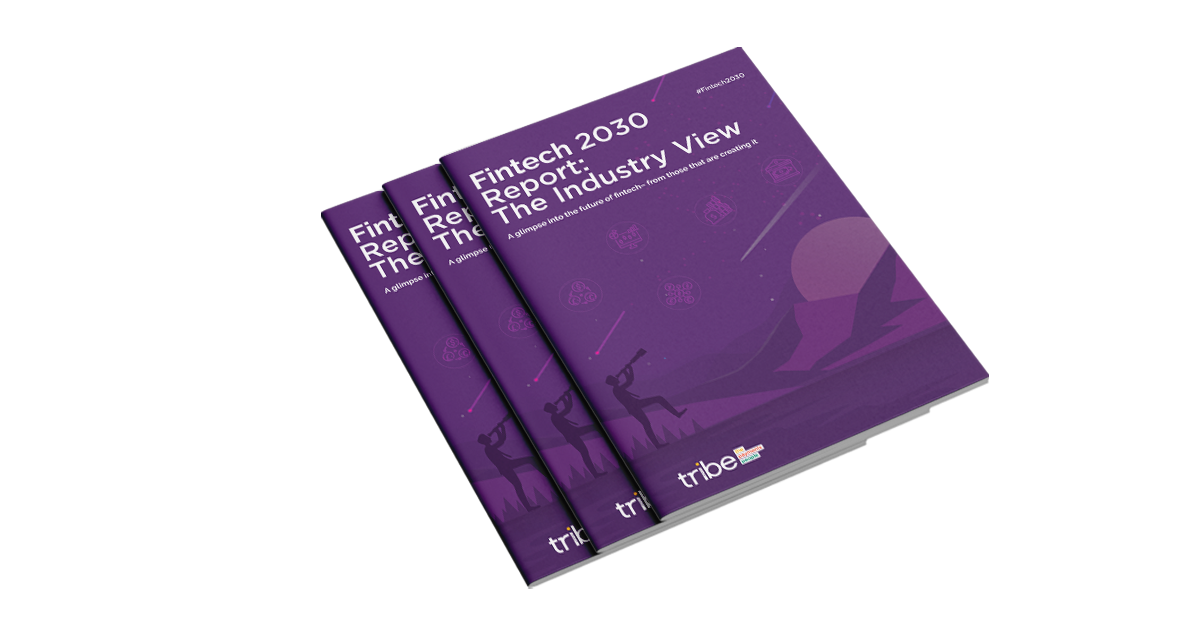The transition to open finance and the future of fintech
Open banking is just a step towards open finance, which by 2030 will give consumers and businesses greater control over their data and financial, says John Pitts, Global Head of Policy and Plaid
It’s only been a few years since the introduction of Open Banking and PSD2, but in Europe and the UK, policymakers are already beginning to explore what a transition toward Open Finance—or a legal right to access all your financial data—could look like. Open Finance is a natural, and necessary, next step to take after PSD2 and Open Banking, which gave consumers the right to access and control their payment account data.
Consumers are adding more digital services to their lives—a trend the COVID-19 pandemic has accelerated. Not only are consumers adding more digital services, more and more consumers are relying on these digital services to access their financial information. Fast forward to 23, digital products and services from a mix of providers, and newer trusted third parties, will be the core financial services experience for most consumers.
Open Banking has been a driving factor in the transition to a primarily digital economy, with consumer demand driven by the clear benefits of individually tailored products and services and making their data work for them. Industry, policymakers and regulators are already talking about consumer powered data sharing in other sectors of the economy.
We see this trend increasing and expanding in the next decade so that consumers in 2030 could very easily have the ability to share financial and non-financial data with trusted third parties.
This isn’t just a prediction. Plaid has been a data network for the financial services industry since 2013, and in countries like Canada and the United States, where consumers have access to more of their financial data, we’ve seen the consumer benefits successful Open Finance can deliver. Based on what we’ve seen Open Banking achieve so far, I foresee a future where Open Finance will transform an abundance of products and services across financial services and beyond.
Getting approved for mortgages and loans will become instantaneous and fully digital with access to data on assets, liabilities, and net income. Switching a pension will become automatic based on current and projected portfolios.
Financial advice will become much more personalised and powerful with improved data access.
Small and medium enterprises can share their cash flow information with multiple potential lenders to easily shop for the most competitive credit rates. These examples are a small sampling of what Open Finance will make possible: we don’t yet know the true value of an open financial system and all the potential use cases that could emerge.
Despite its success, Open Banking did not go far enough—a consumer or business’ financial picture is much more than transaction history, real-time account balances or loan payment history. To fulfil the promise of Open Banking and ensure it continues to develop, consumers need to be able to securely share all of their data.
Data sharing will happen naturally as consumers and businesses demand access to more data, but the risk is that it happens in a monetised way affecting competition and the ability for firms to innovate. Regulators and policymakers need to mandate a general consumer data right that ensures consumers have the ability to securely share their data and third-party providers have the ability to access the consumer’s data.
Regulators, policymakers and innovators across the world are exploring how to provide consumers and businesses with full control over all their financial data, underpinned by regulation and enabled by technology.
The timeline to implementing any Open Finance-related rules will be years in the making. But that gives the regulators and the industry plenty of time to get it right, to future proof against debates on its meaningfulness and demonstrate unquestionable value to the organisations it will impact.
Read more about the future of fintech by reading our Fintech 2030 Report, where 14 other leaders share their views on the future of their sector >






.png?width=137&height=90&name=Payments%20Awards%20(1).png)


.png)